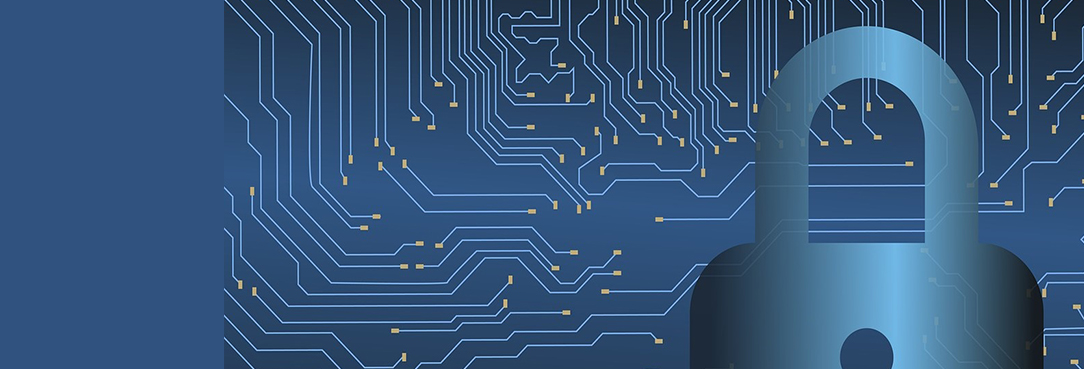What is Cyber Security?
Cyber security is a risk mitigation strategy for prevention of cyber-attacks, which come in many forms including malware, phishing and ransomware. While some attacks focus on theft of information, it is more common for cyber-attacks to focus on shutting down or damaging infrastructure and systems (which prevent access to records/data).
Measures taken as part of cyber security programs are related to the confidentiality, integrity and availability of records/data. These measures protect the record/data and associated systems from external or internal threat.
Without the necessary records/data, the public office would not be able to fulfill their functions and meet their obligations. Public offices need to ensure that:
- the necessary records/data are created and captured
- the appropriate management controls are applied to records/data
- records/data are stored in authorised and secure environments that are appropriate for the level of risk to the records/data
- records/data are appropriately disposed of once their retention periods have passed
- the appropriate security controls are applied to networks and systems.
Different systems have different security functionality, different recovery points, and are impacted differently by a cyber-attack. Factors to consider may include:
- whether there is a single location or multiple locations that need to be managed
- whether systems are integrated and connected to each other or systems are isolated units
- whether systems and/or storage areas are online, nearline or offline.
Some common strategies used in cyber security programs are:
- The Essential Eight
- The Information Security Manual (IMS) Risk Management Framework
- Zero Trust
- Penetration Testing
Preparing for possible cyber-attack
To prepare for a possible successful cyber-attack, records/data managers should:
- include references to what records/data might be accessible and how they may be best obtained if the systems and infrastructure were suddenly unavailable in business continuity or other recovery plans. For example, what records/data are available offline and how are they accessed? What level of authorisation is needed?
- conduct a value/risk assessment of records/data, identify what is high value high risk and document risks to records/data in public office risk registers for annual review and management. Determine how high value high risk records can be recovered or restored in the event of a disaster, including a successful cyber-attack, and whether there is sufficient provision for their recovery
- ensure that records/data are documented in information/data asset registers in terms of value and risk so that high value high risk records are known, managed and have appropriate controls
- identify and assign an owner or custodian for records/data created and held across the public office in all formats and business systems, who has responsibility for managing them in accordance with their value and associated risk
- ensure that records/data are created and maintained in long term sustainable formats where possible, and that they are part of actively managed digital preservation strategies.
During and recovery from a cyber-attack
When a cyber-attack has occurred, the initial focus will be on stopping the spread of the threat across infrastructure and systems. In order to be able to continue operations, records/data are needed.
Those responsible for records/data management will have valuable knowledge about how business is affected and what is needed as a priority for business to continue. This includes which systems holding records/data are priorities for recovery and where alternate sources of records/data are.
Business continuity plans can flag offline or alternative sources of records/data that may be tapped to enable business to continue. There may be some unaffected systems or services that contain records/data, or that can be mined for records/data. For example:
- it may be possible to access email and some may have document attachments
- there may be hardcopy records in an external facility or within the organisation
- there may be decommissioned or legacy systems that were offline, or other offline systems, that contain records.
Each of the above have their own issues:
- email attachments may be drafts that were circulated for review and not the final version, and there will be gaps in that not all records will have been emailed
- hardcopy records may not be easy to access without box lists that specify what record is in what box and where that box is located. It may require physically opening every box, seeing what's there and creating a new list
- decommissioned, legacy and offline systems will likely not have the most up to date software, unless they have been actively maintained. In order to read the records contained, the system and software would need to go through various phases of upgrades. Other forms of corrosion from inactivity may also have occurred, making it difficult to locate and retrieve readable/useable records.
